

Rotary Printing
0/60
450
160
150*300
The rotary printing machine is a type of printing device in which images to be printed are placed around a cylinder in a curved layout. In this method, the fabric is laid on a conveyor belt, and above it, mesh rollers are positioned.
In this type of printing, printing paste is fed into the stencil through pumps and transferred onto the fabric surface using a squeegee. A separate stencil is used for each color. By opening and closing the mesh openings on the roller, various patterns can be printed on the fabric.
During the printing process, the fabric first passes through a series of rollers. Once the printing is done, both sides of the fabric are fixed using a stenter machine and then exposed to heat so that the ink fully dries and is absorbed into the fabric.
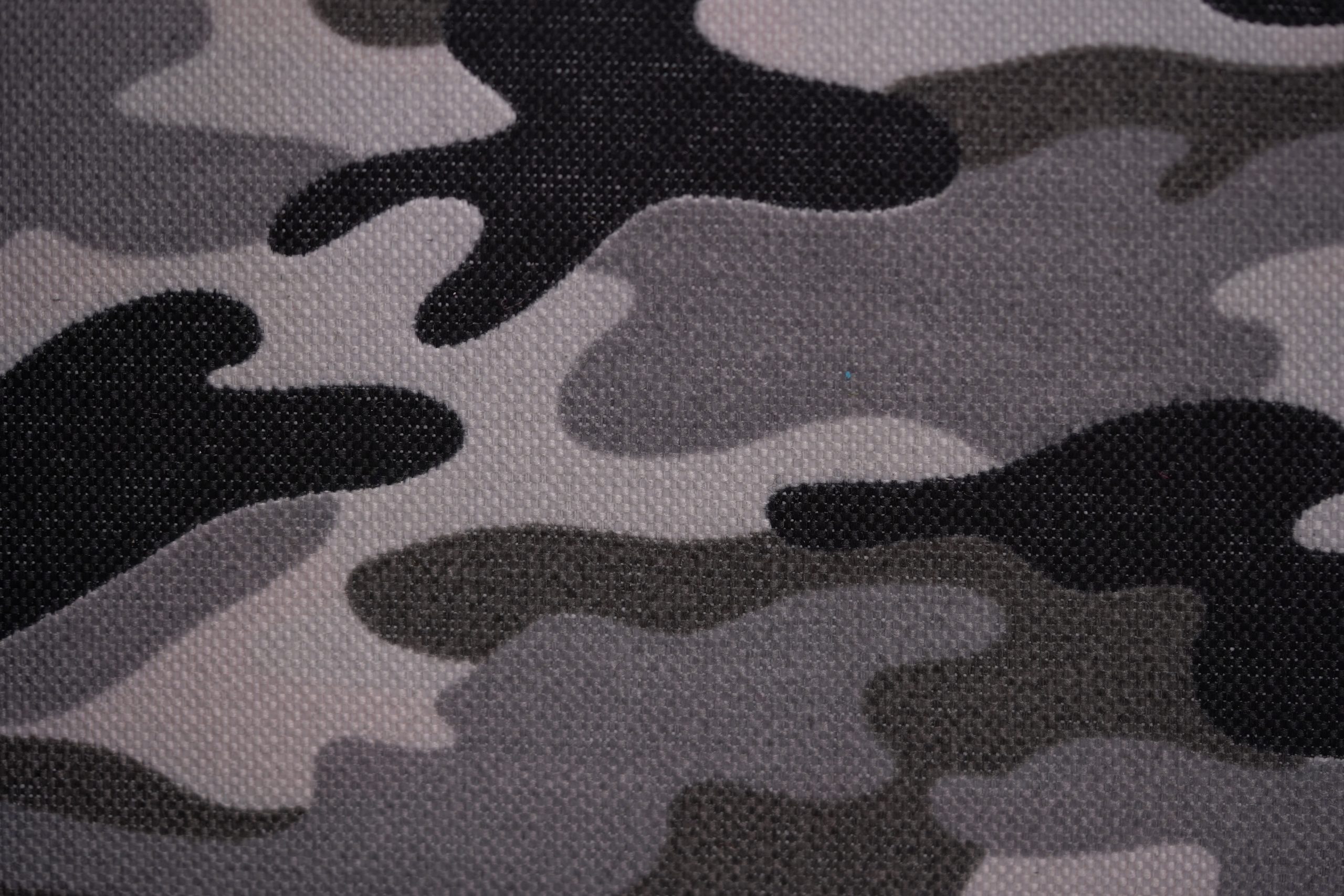
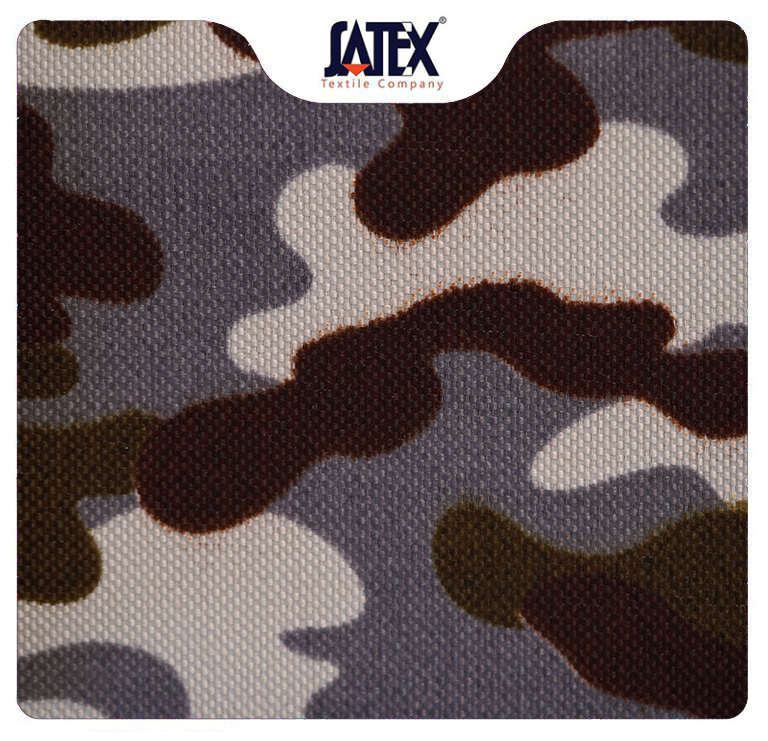
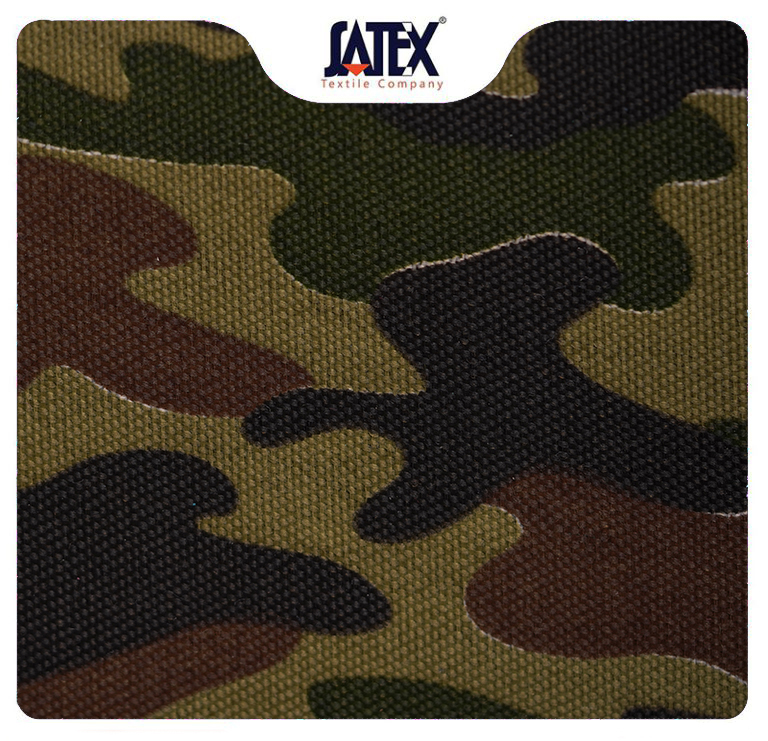
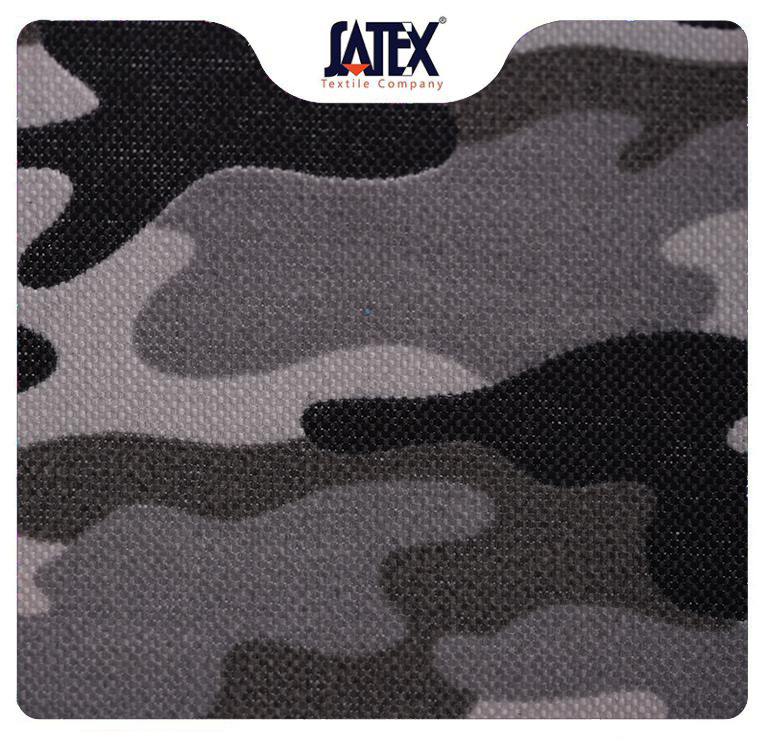
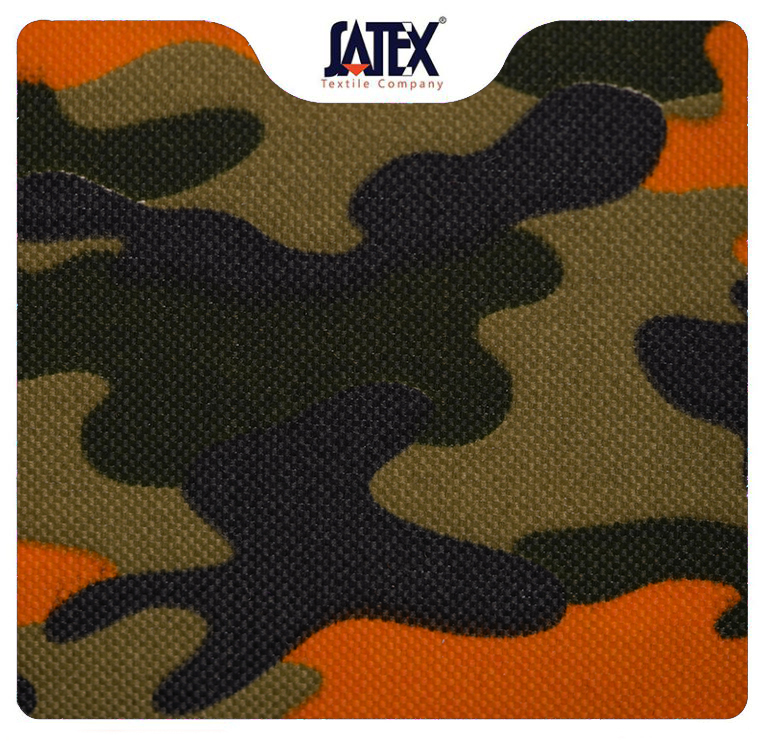
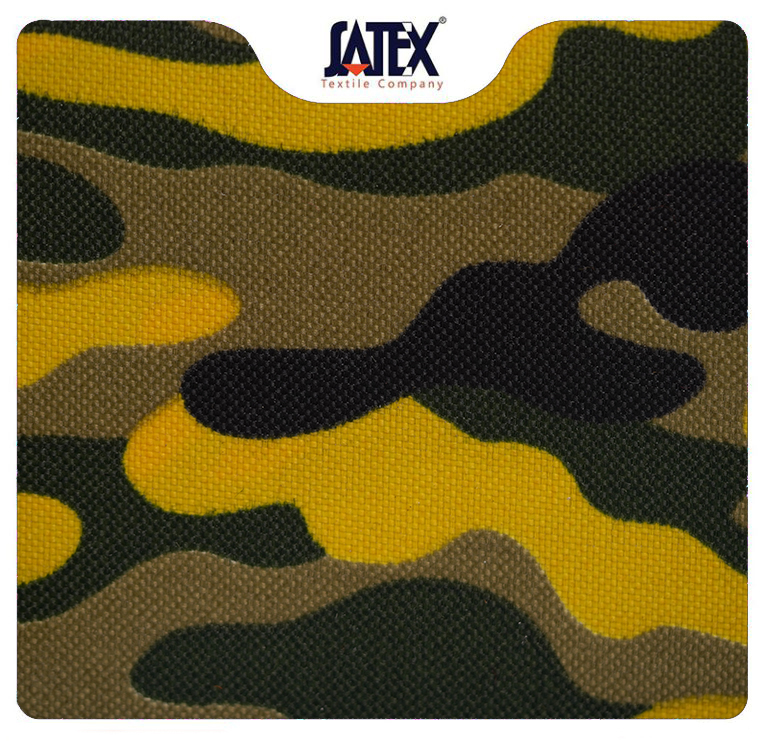
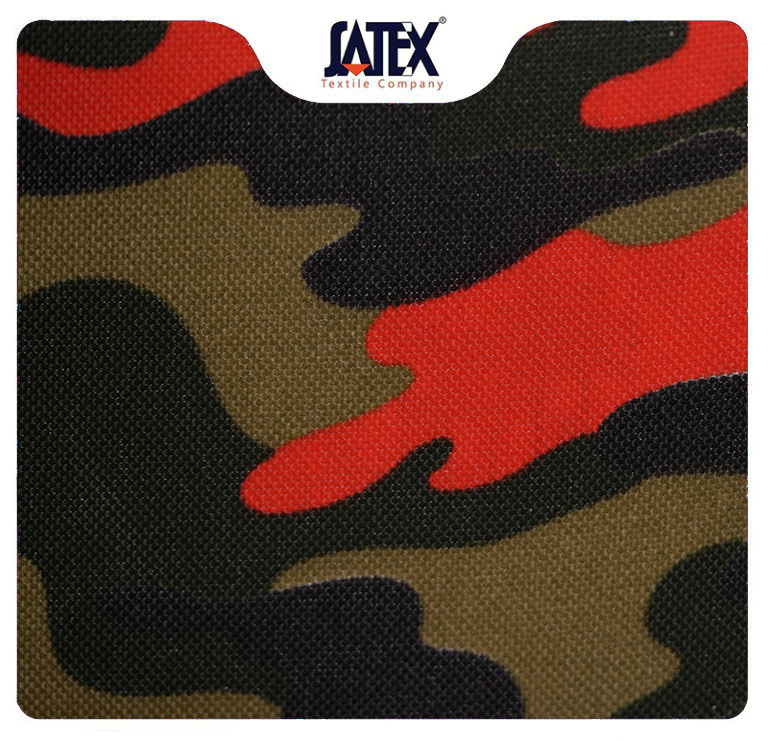
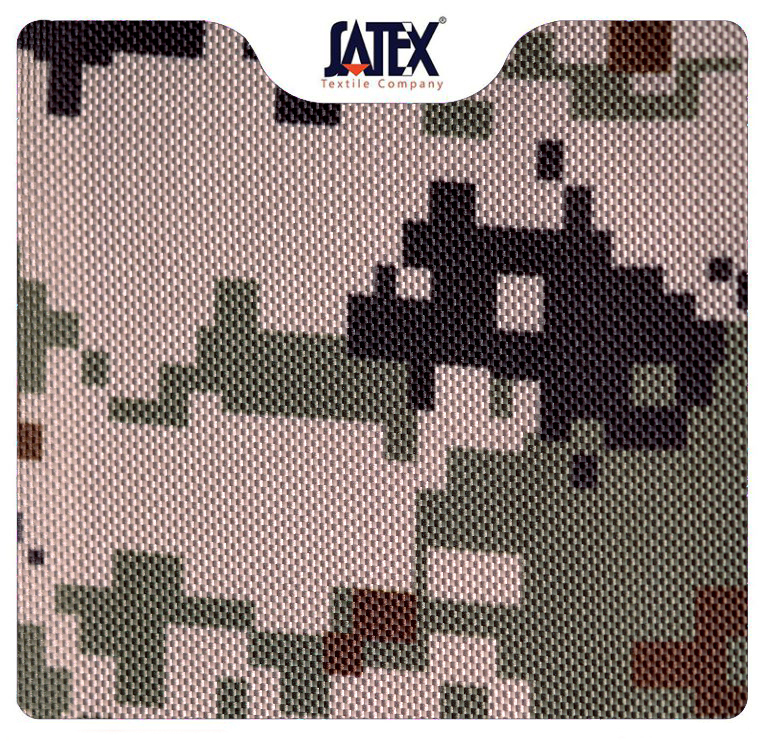
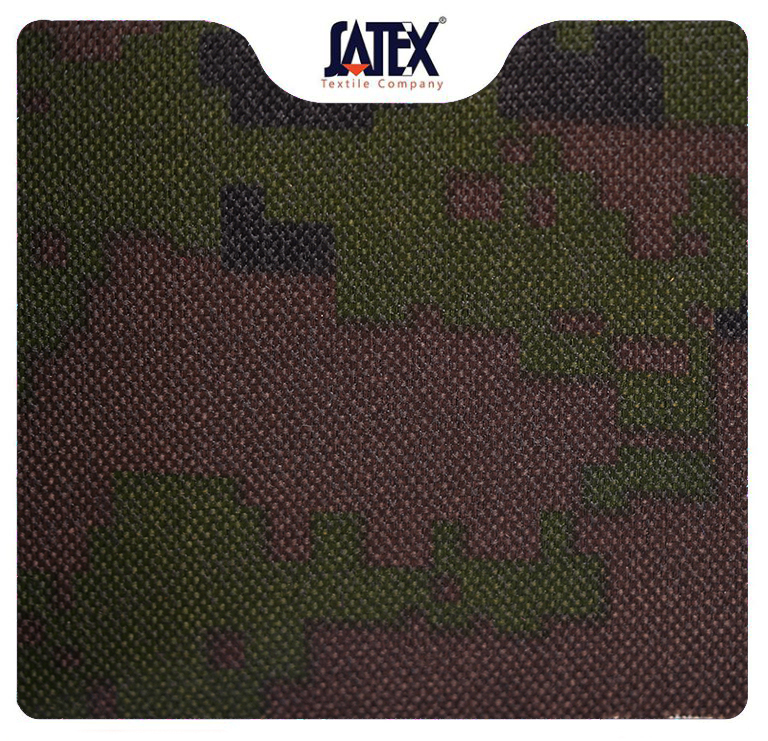
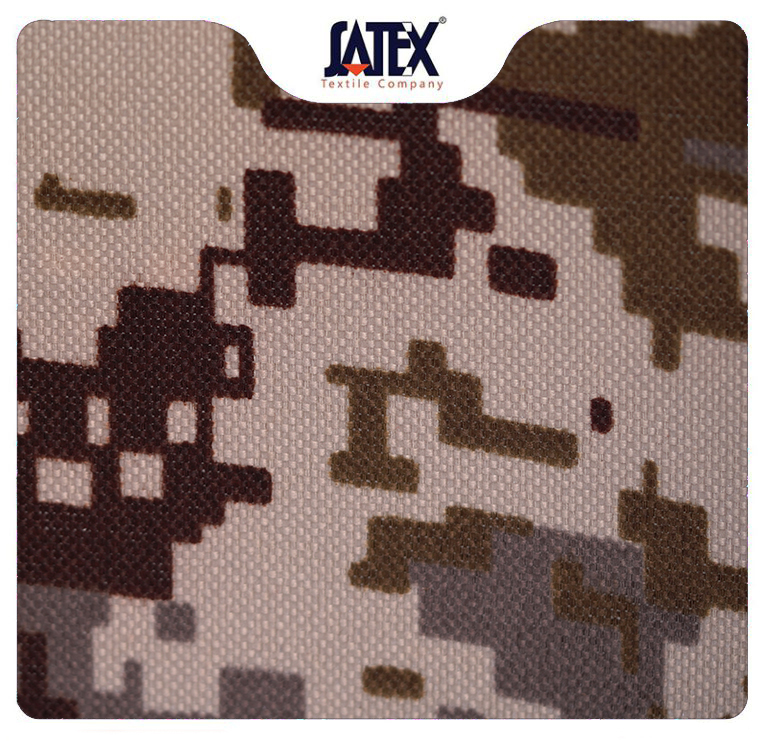
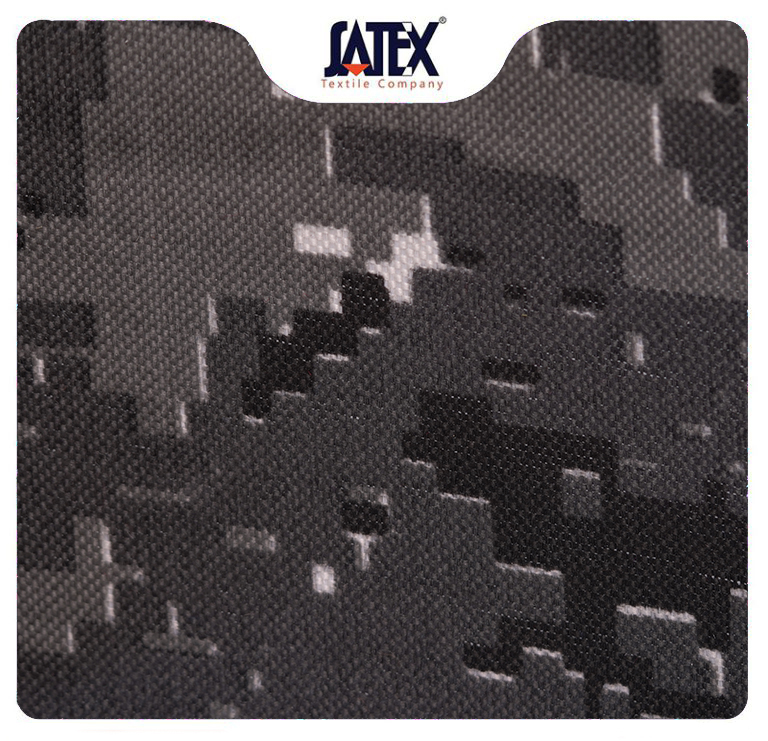
Bags
Awnings and outdoor covers
Covers for various cargo in transportation
Promotional and exhibition tents
Seat and travel table covers



Depending on the coating and weave density, some versions are 100% waterproof (such as fabrics coated with PVC or PU), while others are only resistant to light rain or moisture. The exact specifications for each type are provided in its technical datasheet.
Factors such as:
Frequency of use
Exposure to sunlight
Ambient temperature
Improper washing or maintenance
Yes. Waterproof rotary-printed fabrics are available in a wide range of colors, thicknesses, and weights, allowing selection based on the intended application.
Yes. Depending on the fabric’s coating, silk screen printing, laser, or laminated logo and custom designs are possible. Please contact the sales department for coordination.
In most cases, yes, but under specific conditions. It is recommended to use mild detergents and avoid high heat or excessive pressure to prevent damage to the waterproof coating.
At Satex, we produce more than just fabrics; we provide reliable solutions for future-proof industries. From high resistance to adaptability to harsh industrial conditions, we are the first choice of industry professional.
Copyright © 2025 All rights reserved.